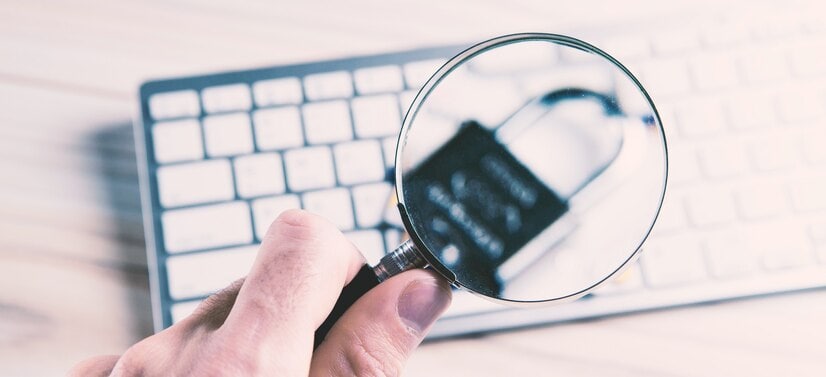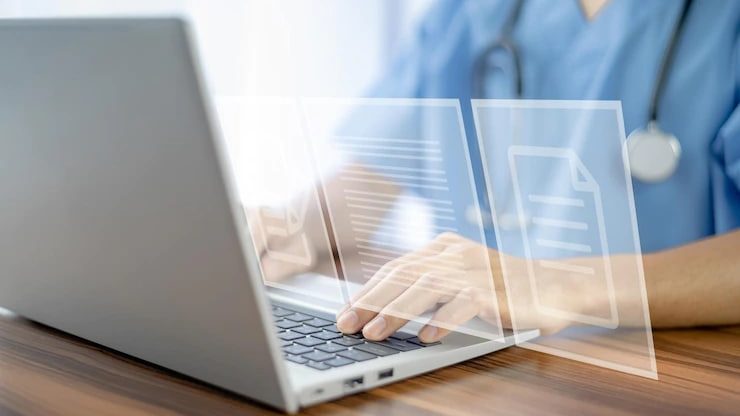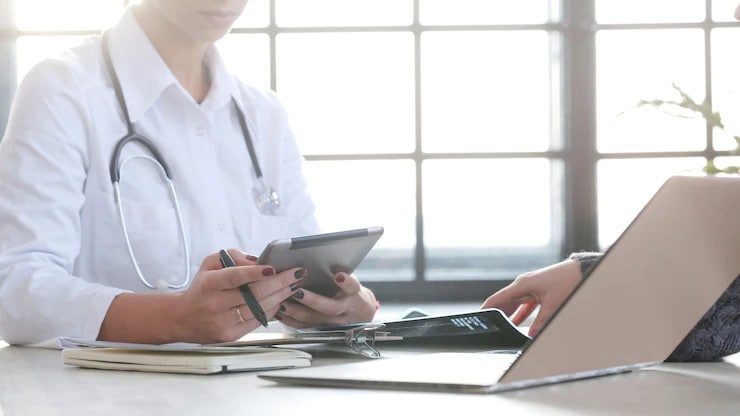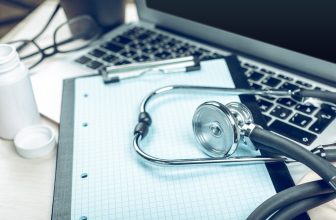
Access monitoring is a must-have for healthcare organizations as they store a lot of valuable protected health information (PHI). It can be challenging to stay safe and prevent data breaches if you do not have proper cyber protection. EHR requires a strong privacy policy in accordance with the main regulations of HIPAA compliance. Fortunately, there are some ways to avoid frauds and data breaches as well as other violations. Let`s find out how to monitor access within your organization effectively in a few steps.
What is Access Monitoring?
The main purpose of access monitoring is to observe and analyze what was happening whilst a user was in a session on the website or platform. A session strands for every single event when users exercised their access rights. It is an act of logging in and performing work with any information. Sometimes you need even a double-checking process to ensure that an organization’s access policy and controls are working as they should. One mistake may cost thousands of dollars as patient health data can be very valuable for hackers or cyber thieves all over the world. This issue explains why the healthcare sector seeks strong cybersecurity that can be ensured with access monitoring.
However, you need to understand that monitoring access is more than just keeping a log of what and when users accessed. It is necessary to establish complementing analysis with observation. There are also great options to implement proactive monitoring in the case of high-risk, high-frequency access points, such as when patient files are accessed. Efficient access monitoring requires to have best practices and strict rules to bring results.
The Importance of Access Monitoring
If you have an intention to establish an access monitoring system within your organization, you need to realize its big importance and what key points are the most crucial for you. The primary purpose of this process is to prevent fraud and track cybersecurity. The healthcare sector has become a real target for hackers because it keeps very valuable information. The black market offers an avalanche of stolen files and data that can be used for committing a cybercrime or demanding a ransom.
Moreover, both internal users and third parties are vulnerable to attacks that can cause data disclosure. Healthcare providers need access fast to do their jobs and it is pretty hard to track all access to assets. If a doctor needs approval from an IT department to get a piece of information about a patient’s allergies, the result could be deadly. It means that the hospital must have strong cybersecurity and free access for workers at the same time. The number of internal users in a healthcare organization is also very important for proper monitoring. As we can see, the safety of EMR records requires a lot of components and various regulations in order to prevent data breaches.

Four Ways of Access Monitoring to Prevent Data Breaches
You cannot monitor every access, but you can implement the best strategies to keep EMRs safe. The key point here is to have insight into what’s happening within your organization’s system. It is possible to combine different components in access monitoring and boost its efficiency. There are four common ways of effective monitoring such as proactive, reactive, observation, and analysis. Let`s dive deeper into each of them.
If you observe or analyze a session with no pre-defined reason for the review, you will perform proactive monitoring. This kind of monitoring takes place in real-time or as close as possible. It touches on a broad set of sessions and gives an overview of what is happening in a system. Many companies use it regularly and consider it a must-have for their security.
Reactive monitoring is the observation or analysis that requires systems and tools to be in place to record sessions. Experts take it after a session due to a specific reason. It is one of the most commonly used types of monitoring as part of an incident investigation. For example, security guards generally apply it to a single session or a small subset of sessions then there is evidence of a robbery.
The collection or passive review of session information will mean observation. You can utilize this approach for analysis but not vice versa. It is a cornerstone of strong access monitoring. For instance, a video recording of a session, a text-based audit, or a collection of session data will be great variants to observe your company and stay safe. An analysis is the interrogation of the information or data collected. You can effectively use it in both proactive and reactive monitoring. The process of analysis will occur immediately after completing an observation. This final step definitely cannot be ignored.

The Role of Software in Cybersecurity
If your organization uses software with monitoring features, it will significantly reduce the risk of a data breach. It boosts the security of your patients and allows you to excel in healthcare service. You can prevent hacker attacks and HIPAA violations that cause large fines or even a corrective plan due to regular access monitoring. It is the most efficient way to protect important information and keep the reputation of your organization.
Manual monitoring sometimes can be tedious and hardly effective. There is a variety of great software for access control monitoring. The market offers high-quality solutions to add ease and efficiency to the process of data management without losing time or risking HIPAA compliance. You will be able to detect any violations of controls within your organization. It is much better to invest in preventative measures than to face a nightmare of costly cyber-attacks or HIPAA fines.
Takeaways
Access monitoring is a complicated process that requires the implementation of many crucial components. Nevertheless, it is worth all efforts as it significantly reduces the risk of data breaches. There are four main ways to utilize monitoring for strong cyber protection. If you use proactive analysis of the session data, you can quickly identify cases of anomalies, threats, or misuse. In addition, subsequent reactive observation can confirm or deny the suspicion and provide more critical context as part of an investigation. The last step to stay on top of HIPAA compliance is to check out other our blog posts about plenty of tips and guides on how to be protected.







